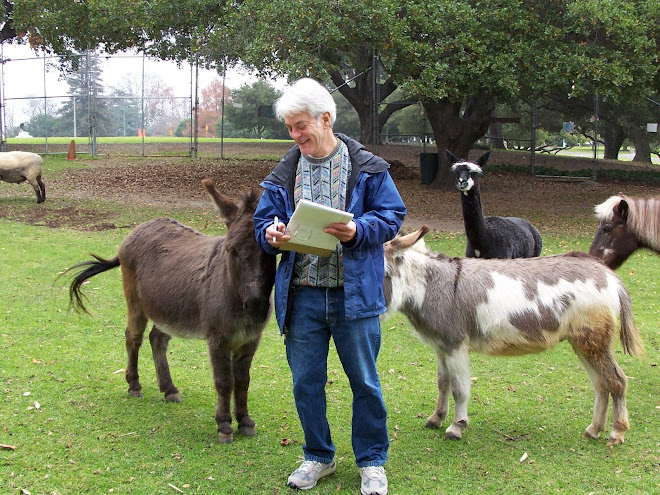(Above: Peggy Fleming)
On Tuesday, the Berkeley City
Council will decide whether to re-zone Berkeley Iceland, the historic Art Deco skating
rink where Olympic champions Peggy Fleming, Brian Boitano and Kristi Yamaguchi
honed their skills, from recreational to retail use, allowing the building to
be sold to a big-box retail sporting goods store. And a coalition of skaters
and their parents called Save Berkeley Iceland will be there to try to stop
them.
It's been a long, long struggle for
the skaters, who have been raising money to buy Iceland and rehabilitate it since
2007, when it was closed by its owners after a series of caustic anhydrous
ammonia leaks from the refrigeration system.
I've been covering this story though
its many twists and turns since 1998, when the first gas leak was detected. And
while I certainly understand the city's desire to get rid of what it considers
a crumbling white elephant and turning it into a revenue-producing retail
establishment, deep down I'm rooting for the skaters to win.
A designated historic landmark on
both the city and national levels, Iceland was one of the West Coast's premier
skating venues practically since the day it opened in 1940.
It hosted the Ice Capades, Ice
Follies and, in 1947, the first U.S. Figure Skating Championships west of the
Mississippi. It was home to the St. Moritz Skating Club (the oldest in
California), the Berkeley Bulldogs of the California Junior Hockey League, the
official practice facility for the California Golden Seals, home ice to the UC
Berkeley hockey team and the site of the annual "Big Freeze" hockey
game against Stanford.
Most importantly, it was home away
from home for generations of Berkeley children.
"For many kids, it was the
first place where they go and feel independent but still be safe," says
Tom Killilea, whose daughter Marie, 16, started skating there when she was
four. "And that's so important, especially for girls."
It was the site of innumerable
birthday parties – all the local pizzerias made constant deliveries there - 3-on-3
kids' hockey games and boisterous games of broom ball (no skates, a bouncy
rubber ball instead of a puck and brooms instead of hockey sticks).
Everyone fit in, no matter what
their skill level. The skating surface was big enough to accommodate the best
figure skaters doing their leaps and twirls in the middle, the novices hugging the
boards on the edges, and the speed skaters and hockey players darting in
between, all at the same time.
And skating through the streams of
natural light filtering through the iron lattice 40 feet above the ice was a
magical experience.
To date, the skaters and their
families have raised more than $100,000 through grants, donations, neighborhood
fundraisers and street fairs. That's pretty good in these hard times, but it's
only a fraction of the millions they'll need to buy Iceland and restore it to
its former glory.
But isn't it worth giving them time
to make the effort? With a new baseball diamond currently under construction in
the same neighborhood, Iceland could become part of a much-needed recreation
district.
And with childhood obesity a
national concern, what sense does it make to replace a recreational facility,
where kids can actually run around and get exercise, with a store that will
merely sell them athletic gear?
















